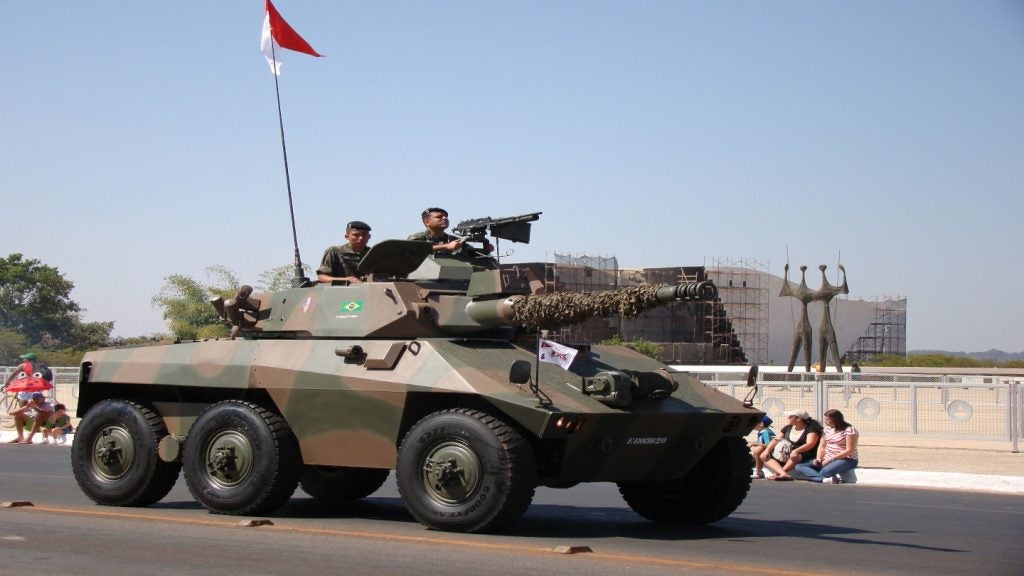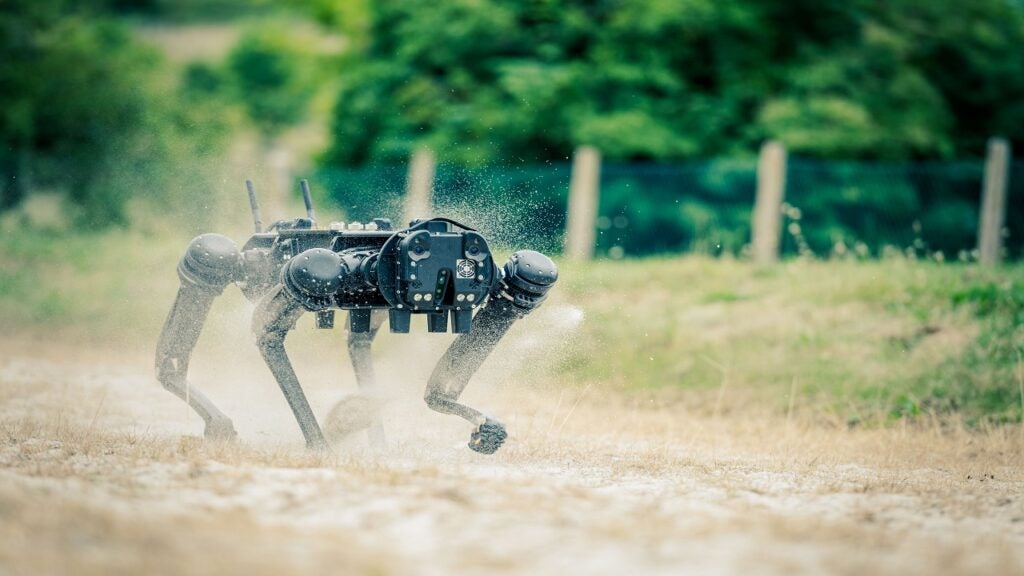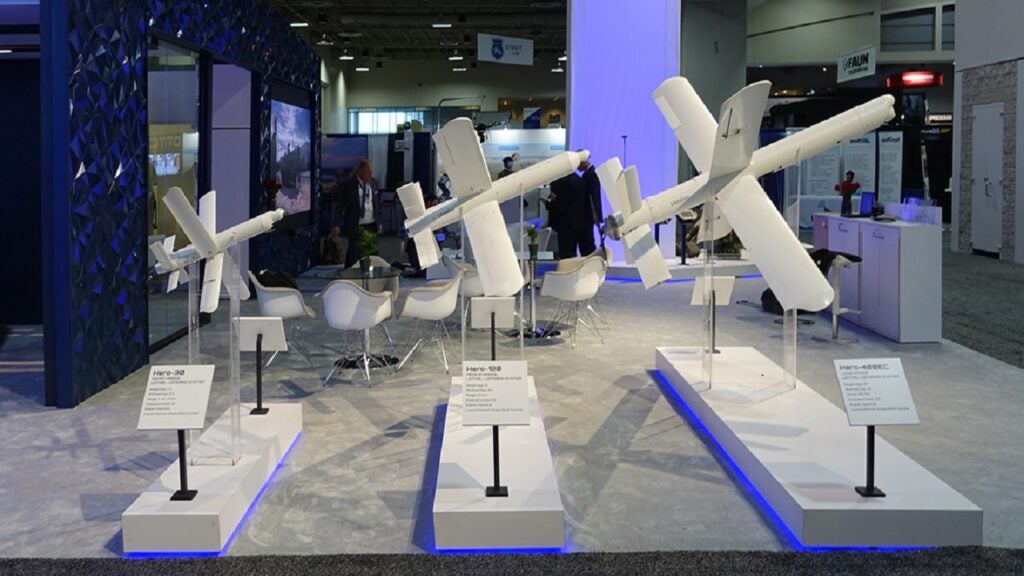Senior has been granted a patent for a method of retaining an electronics module in a slot of an electronics chassis. The method involves creating a clearance space by controlling the internal pressure of a bellows, which is part of a retainer on an elongated rail. The module is then secured by further controlling the internal pressure of the bellows to exert a force on the module. GlobalData’s report on Senior gives a 360-degree view of the company including its patenting strategy. Buy the report here.
According to GlobalData’s company profile on Senior, aircraft environment control system was a key innovation area identified from patents. Senior's grant share as of June 2023 was 1%. Grant share is based on the ratio of number of grants to total number of patents.
Method for retaining an electronics module in a slot
A recently granted patent (Publication Number: US11678457B1) describes a method for retaining an electronics module in a slot of an electronics chassis. The method involves creating a clearance space for the module by controlling the internal pressure of a bellows, which is part of a retainer on an elongated rail along the slot. The bellows consists of two opposing sidewalls made of multiple plates that form a resilient member. By varying the internal pressure of the bellows, the distance between the plates can be changed, allowing for the secure retention of the electronics module.
The patent also discloses the use of a bellows capsule within the bellows, which contains a fluid. The fluid can be enhanced with metallic or non-metallic nanoparticles to improve thermal conductivity. Additionally, the fluid can be used to control the internal pressure of a second bellows associated with a second retainer on a separate rail of the electronics chassis. The internal pressure can be controlled using a pump, which can be integrated with the electronics chassis. A pressure relief valve can also be used to selectively vary the internal pressure.
The patent further describes an electronics chassis that includes slots for receiving specified modules. The chassis features a retainer with a bellows, similar to the method described earlier. The bellows can transition between two states, facilitating the clearance space for module insertion and exerting a force on the module when in the slot. The bellows capsule within the bellows contains a fluid, and the distance between the plates forming the resilient member can be changed by varying the fluid pressure. The chassis may include rails that partially define the slots, and a fluid control system can be used to control the fluid pressure.
Overall, this patent presents a method and an electronics chassis design that utilize a bellows with controlled internal pressure to securely retain electronics modules in slots. The use of a fluid within the bellows and the integration of a pump and pressure relief valve offer additional functionalities such as thermal conductivity enhancement and concurrent control of multiple bellows. This innovation has the potential to improve the stability and cooling efficiency of electronics modules within an electronics chassis.
To know more about GlobalData’s detailed insights on Senior, buy the report here.
Data Insights
From

The gold standard of business intelligence.
Blending expert knowledge with cutting-edge technology, GlobalData’s unrivalled proprietary data will enable you to decode what’s happening in your market. You can make better informed decisions and gain a future-proof advantage over your competitors.







